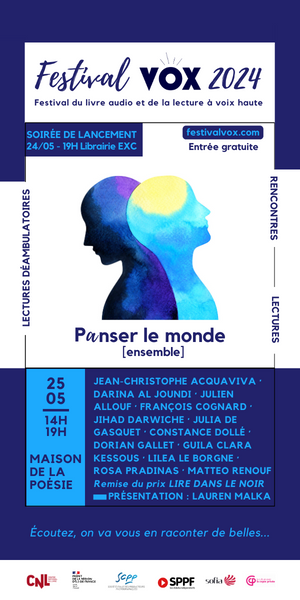Havre
Extraits

Littérature étrangère
Adieu, miss Julie Logan. Un conte d'hiver
10/2012
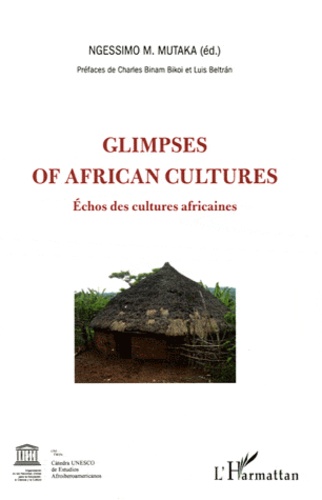
Ethnologie
Glimpses of african cultures. Echos des cultures africaines, Edition bilingue français-anglais
04/2011

Histoire de France
Quelques vérités sur la guerre de 1914-18. Deux frères, Joseph et Césaire, "Morts pour la France"
06/2017
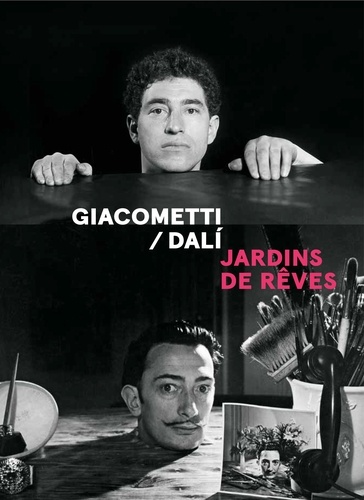
Art du XXe siècle
Alberto Giacometti / Salvador Dalí - Jardins de rêves
12/2022
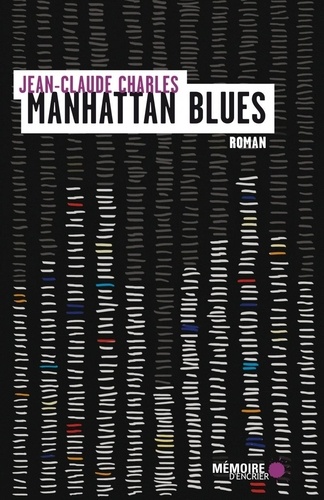
Littérature française
Manhattan Blues
09/2015
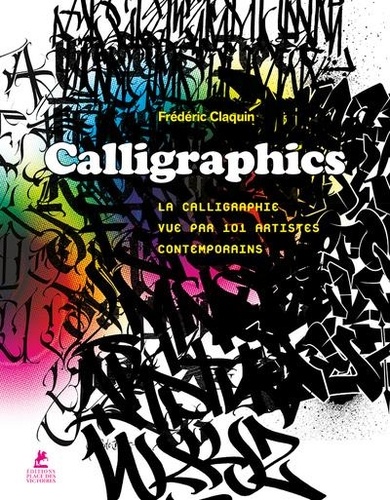
Calligraphie
Calligraphics. La calligraphie vue par 101 artistes contemporains
10/2023

Art mural, graffitis, tags
Tokyo Graffiti
10/2023

Beaux arts
Salons et expositions Bordeaux (1771-1950). Répertoire des exposants et liste de leurs oeuvres (3 volumes)
05/2017
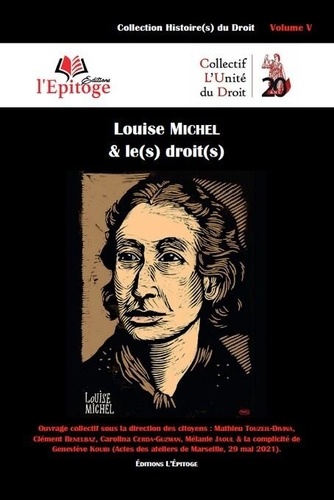
Histoire du droit
Louise Michel & le(s) droit(s)
07/2023
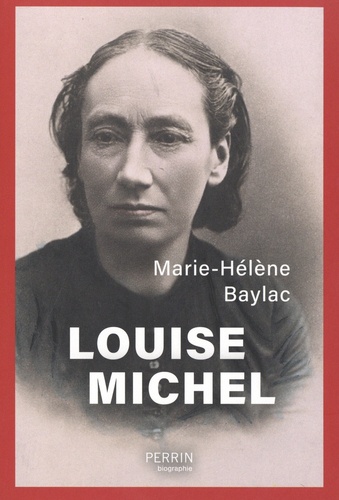
Ouvrages généraux et thématiqu
Louise Michel
01/2024
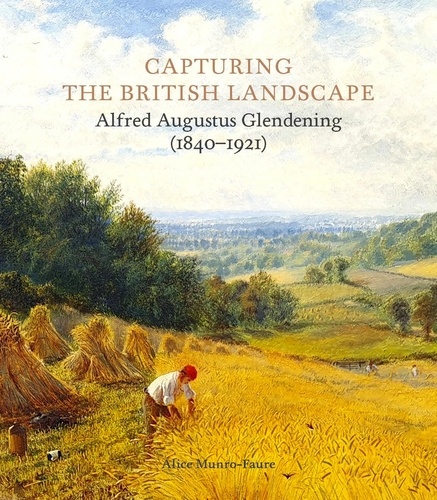
Beaux arts
Capturing the British Landscape. Alfred Augustus Glendening (1840–1921)
10/2022

Animaux, nature
Bons baisers des bonobos. Les aventures d'une primatologue au Congo
10/2011
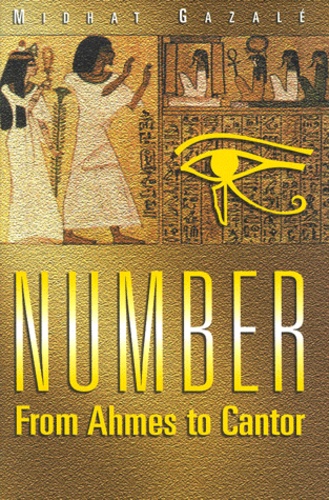
Histoire et Philosophiesophie
Number from Ahmes to Cantor
01/2000

Histoire et Philosophiesophie
Thinking about Physics
01/2000
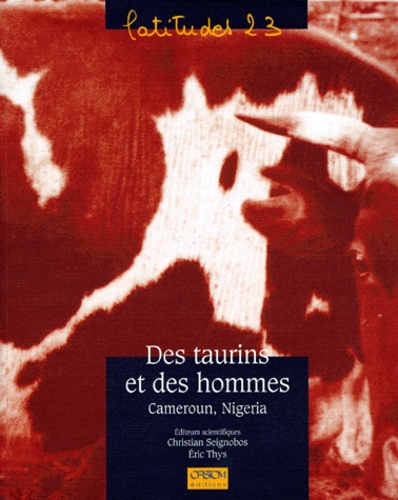
Ethnologie
Des taurins et des hommes. Cameroun, Nigeria
05/1998
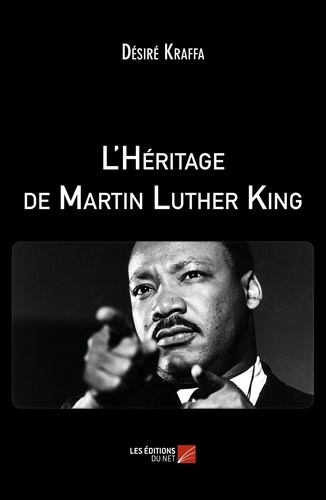
Critique littéraire
L'Héritage de Martin Luther King
06/2017

Beaux arts
Tiepolo in Milan. The Lost Frescoes of Palazzo Archinto
04/2019
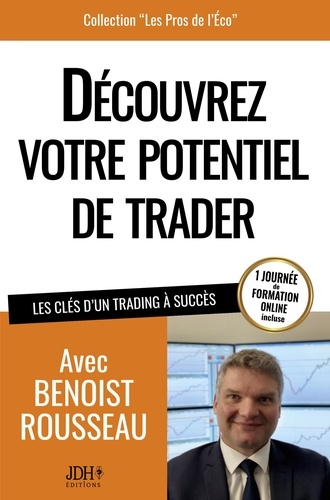
Bourse
Découvrez votre potentiel de trader. Les clés d'un trading à succès
02/2023

Histoire de la philosophie
Advanced Course in Yogi Philosophy and Oriental Occultism
10/2022

Tourisme étranger
Moroccan tracks Volume 11. The sagho djebel
08/2022
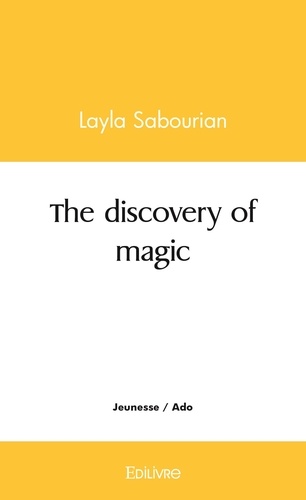
Livres 0-3 ans
The discovery of magic
09/2021

Monographies
Burmese Silver from the Colonial Period
09/2022
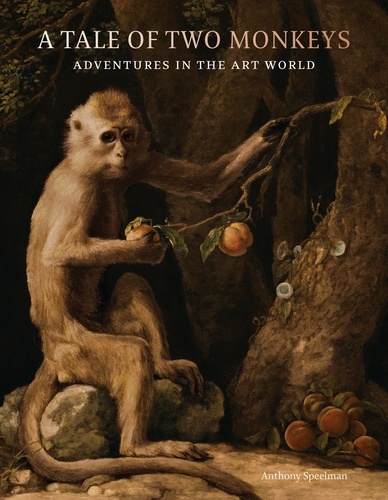
Monographies
A Tale of Two Monkeys. Adventures in the Art World
12/2022
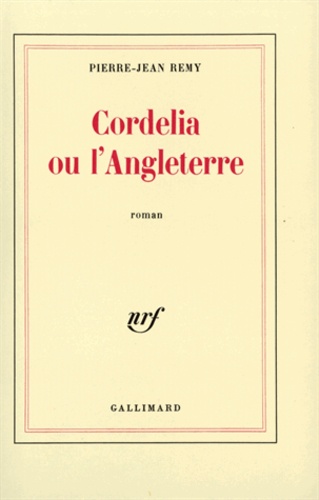
Littérature française
Cordelia ou l'Angleterre
12/1979

Pléiades
Romans
07/1994
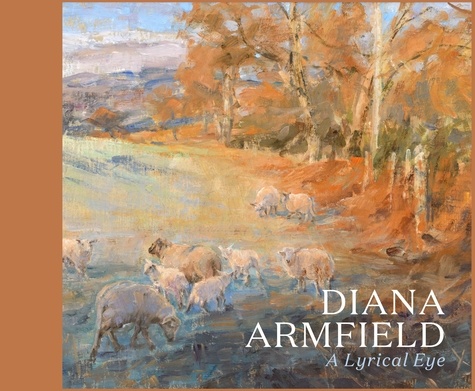
Monographies
Diana Armfield. A Lyrical Eye
06/2021
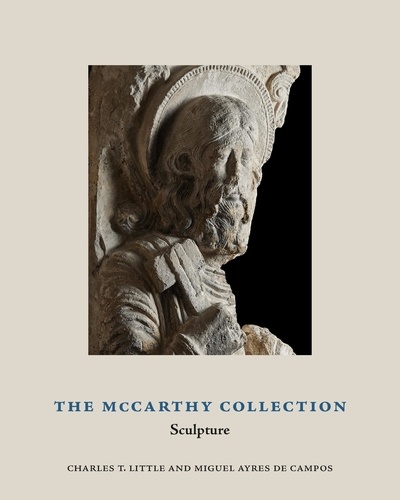
Sculpture
The McCarthy collection. Sculpture
04/2024
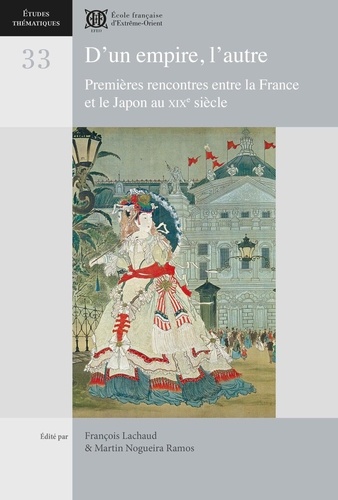
Japon
D’un empire, l’autre. Premières rencontres entre la France et le Japon au XIXe siècle
10/2021
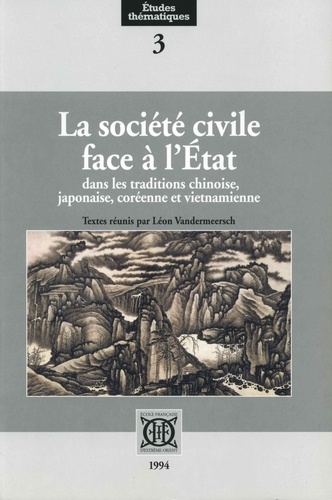
Histoire internationale
La société civile face à l'Etat dans les traditions chinoise, japonaise, coeéenne et vietnamienne
01/1994
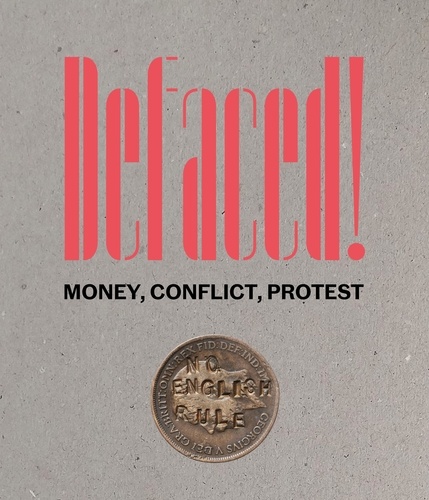
Monographies
Defaced! Money, Conflict, Protest
12/2022

